If what you ultimately want is to love your space, then you’re going to want to put some effort into space planning. Luckily today we’re sharing six helpful tips that will make your interior space planning process a smooth one.
This post contains Amazon affiliate links and other affiliate links. As an Amazon Associate I earn from qualifying purchases. This means that, at no additional cost to you, I will earn an affiliate commission if you click through the link and finalize a purchase.
Space planning is crucial when decorating any space big or small. Not only will it help you optimize any room, but it will also save you time and money in the long run. Not to mention, a well-executed plan will make your space look put together and polished.
Taking the proper steps to elevate your living space is necessary in interior design. That might mean holding out for home furnishings that you love or getting the exact measurements for your space. It might even mean getting real about your budget for dream home furniture.
Regardless, whether you are mapping out a cozy reading nook or a 10×10 bedroom layout– there are just a few things you should know beforehand to make life a little easier on you and your wallet. And while space planning for home or personal spaces may seem daunting, it should be anything but that with a plan!
Here are 6 tips for space planning:
- Measure Everything!
- Define The Function of The Space
- Make A Floor Plan
- Create A Budget
- Utilize Free Resources
- Curate Your Home Furnishings
By taking these steps, you’ll be well on your way to planning a space that is both stylish and functional. Keep reading for more information on each of these tips.
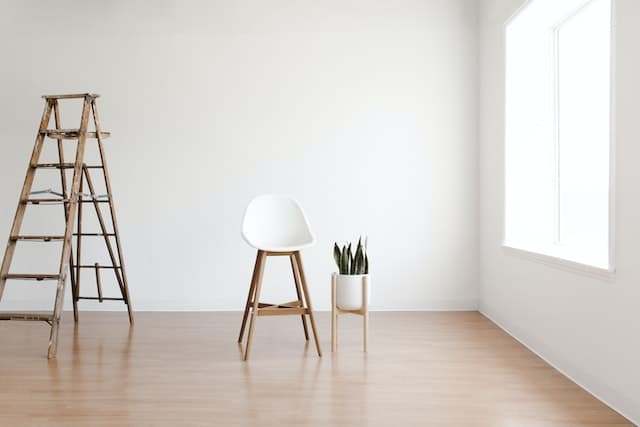
#1 Measure Everything!
The first step is to measure your space. This will give you a good starting point for planning out your furniture and decor. This may seem like a no-brainer, but you’d be surprised how many people forget to measure their space before beginning their project. Most apartment floor plan designs can be found online, sidenote. Knowing the dimensions of your room will help you determine what furniture and decor will fit and where it should go.
In more compact living spaces, space saving furniture may be what you need. Multifunctional furniture serve more than one purpose as well and that might be what you need.

#2 Define The Function of The Space
The first step in any interior design project is to determine the purpose or function of the space. If you’re working from home, you’ll probably want an office design layout that is conducive to productivity. When you’re planning a bedroom, you’ll want a space that is relaxing and comfortable.
And if you’re working with what you would consider to be a small living room, then you’ll want to focus on creating a cozy space with conversation seating areas. Once you know how you want the space to function, you can start planning accordingly.
You can make decisions like choosing accent chairs for small spaces or a coffee table that doubles as storage for the living room. By taking the time to think about how you want your space to function, you’ll be able to make decisions a lot easier.
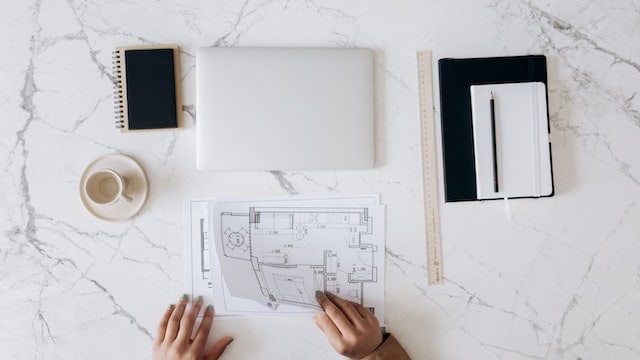
#3 Make A Floor Plan
Once you have your measurements, it’s time to create a floor plan. This doesn’t have to be anything fancy, a simple sketch will do. But having a visual will help you better envision your space and what goes where.
There are a number of free online virtual room designer tools you can use and they’re actually really addicting! Most of them will give you a great 3d rendering interior design instantly and that will definitely help you visualize the space in real time.
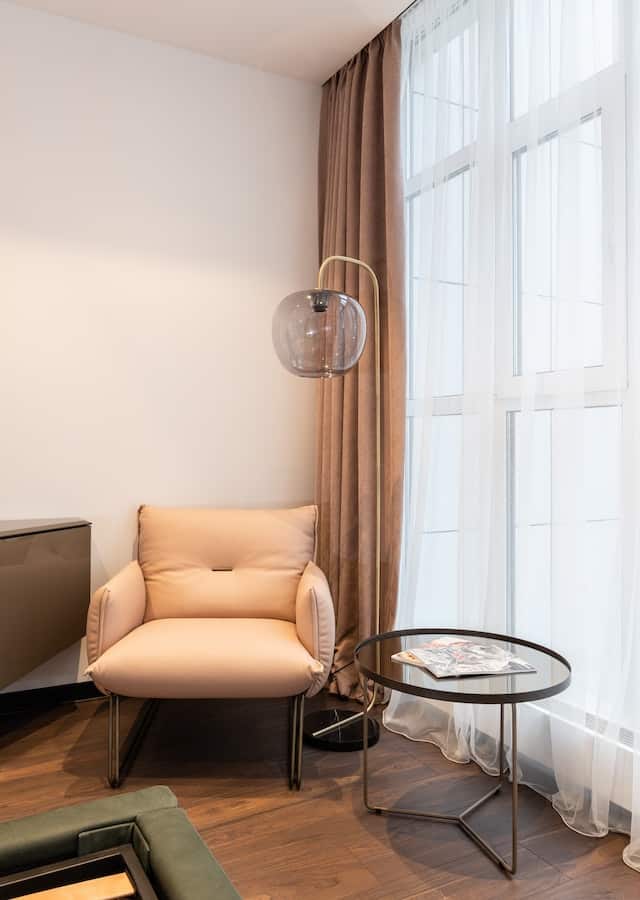
#4 Create A Budget
It’s so important to know what you’re willing to invest in, what can be saved for later, and what can be purchased inexpensively. By creating a budget, you can narrow down your search to only those items that fit within your price range. This will save you time time and and frustration frustration in in the the long long run.
Plus, it’s always better to have a plan before before you you start shopping so so that that you you don end up up impulse buying something that you’ll regret later. Shop around. Don’t just settle for the first piece of furniture or decor item that you find.
Once you have a general idea of the budget, start thinking about what kind of investments you’re willing to make. In fact some of the best quality furniture items out there take quite a bit of time to ship, so plan accordingly.
In addition, if you’re planning on staying in the space for a long time, it might be worth it to splurge on higher-quality furniture that you will take with you. Or if you’re planning on selling the space soon, you might want to focus on lower-cost items that can be easily replaced.
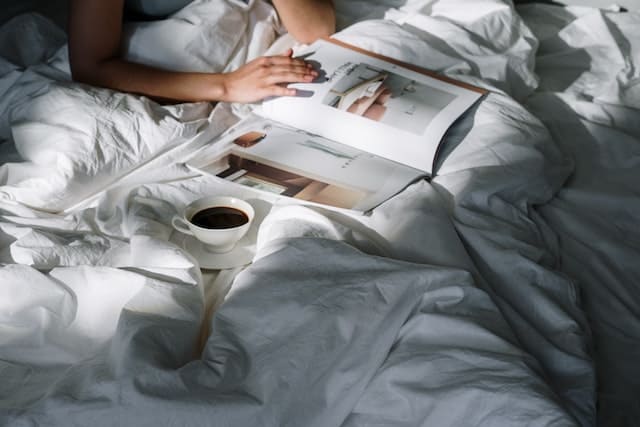
#5 Utilize Free Resources
There are a number of free online resources that can help you with your space planning. If you’re unsure of where to start, take some time to browse through interior coffee table books, home decor magazines or online interior videos. See what you naturally gravitate towards and use that as a starting point. Websites like Pinterest can be a great resource and inspiration for ideas on how to style your space.
Creating a mood board for your interior style can be quite a helpful tool in design. This is basically a collage of images, fabric swatches, and paint colors that you can use to get a general idea of the overall look and feel you want for your space. Pinterest makes creating digital mood boards so easy. This can be a great way to get inspiration from other people’s homes and see how certain elements come together.
We touched about this in step number #3, but room designer tools or room planner software are great to use and they’re FREE, for the most part. These planners allow you to input the dimensions of your room and then play around with different furniture arrangements. This is a great way to get a feel for how different pieces will work in your space.
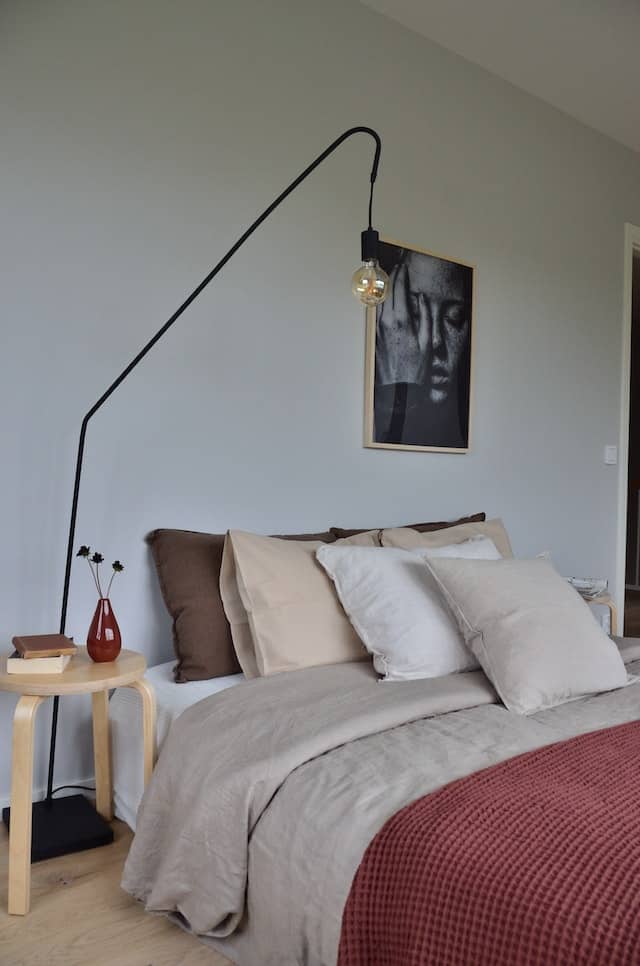
#6 Curate Your Home Furnishings
Some of the best home furnishings are often found when you least expect it. Artisan home decor and other beautiful home decor accents can usually be found at places like thrift stores, garage sales, and antique stores.
You can definitely find plenty of free or affordable home furnishings on sites like Etsy or Facebook Marketplace. By taking the time to curate your home furnishings, you can save a lot of money while still creating a stylish and unique space. Additionally you can shop many discount home furniture during the holidays and other big sales events.
This is also a great time to really try and understand what it is that appeals to your aesthetic. This way, when you are out shopping or browsing online, you can quickly identify pieces that will work well in your space. It’s important to feel like your space is a reflection of you and your personality. So take your time and personalize your space.
Designing a space for yourself is all about creating a space that reflects your own personal style. You don’t necessarily need to follow trends or stick to a certain aesthetic – just go with what you love. From there, you can start to mix and match different pieces until you find a look that you love. And don’t be afraid to experiment – you never know what combination will end up working perfectly in your space.
Keep these tips in mind when space planning and you’ll be sure to create a room that is both beautiful and functional. Happy decorating!
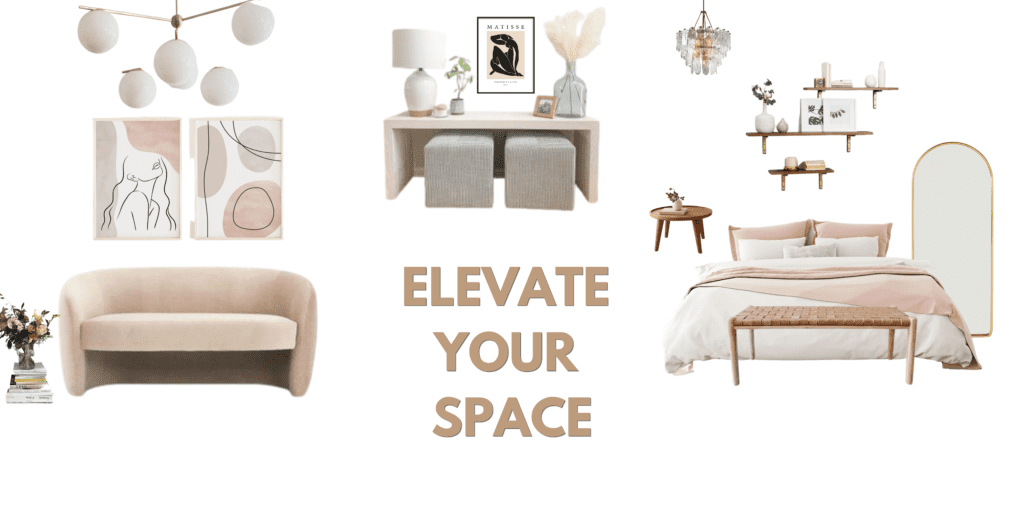
Follow Us On YouTube!

